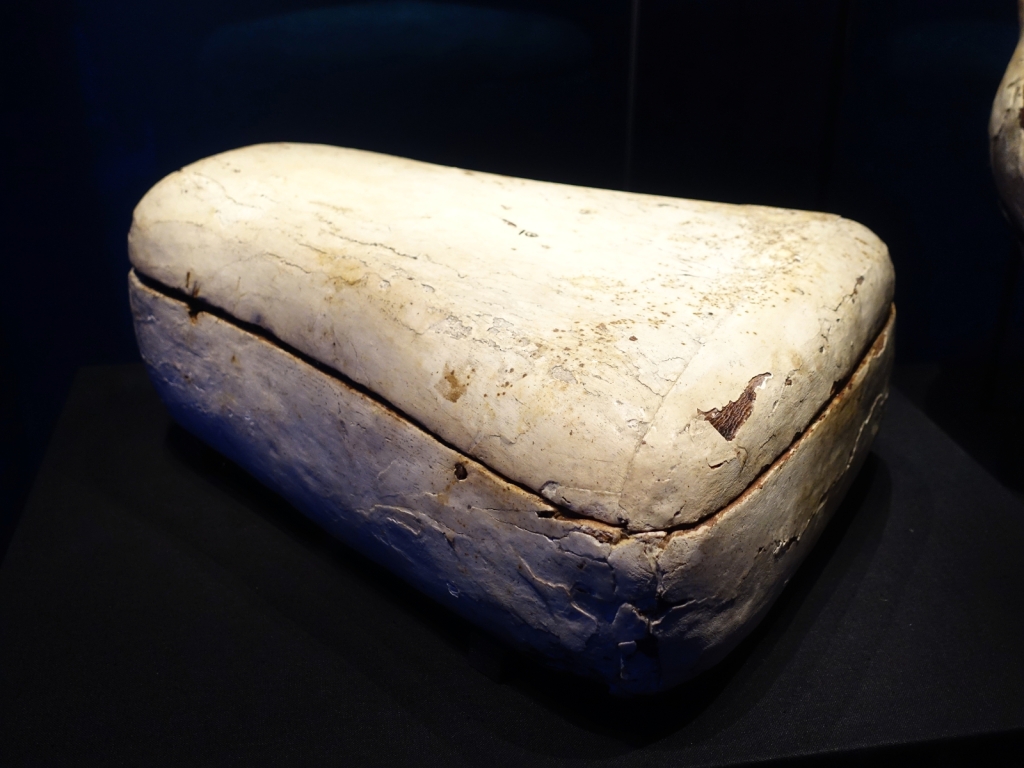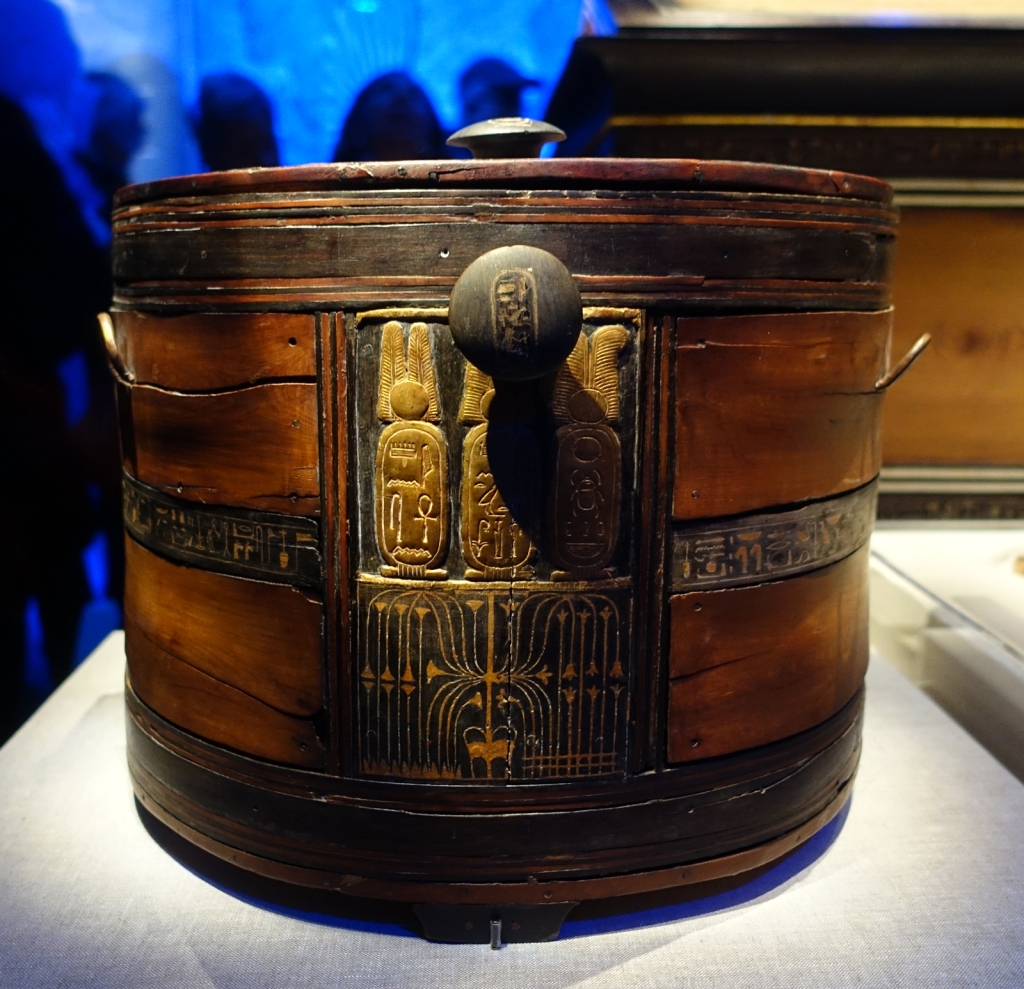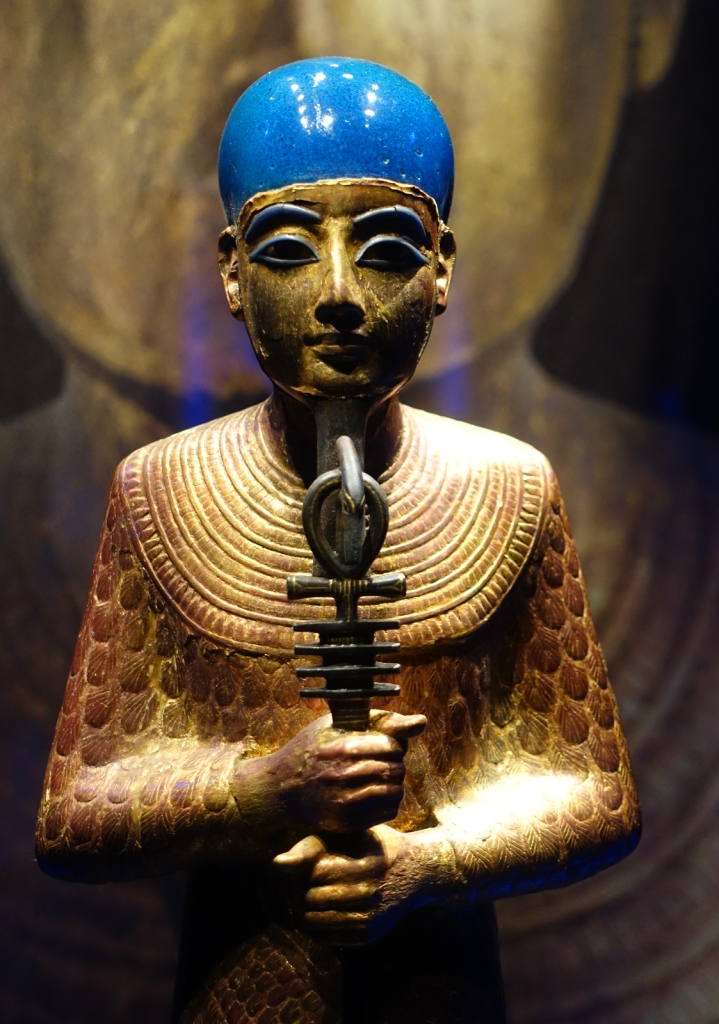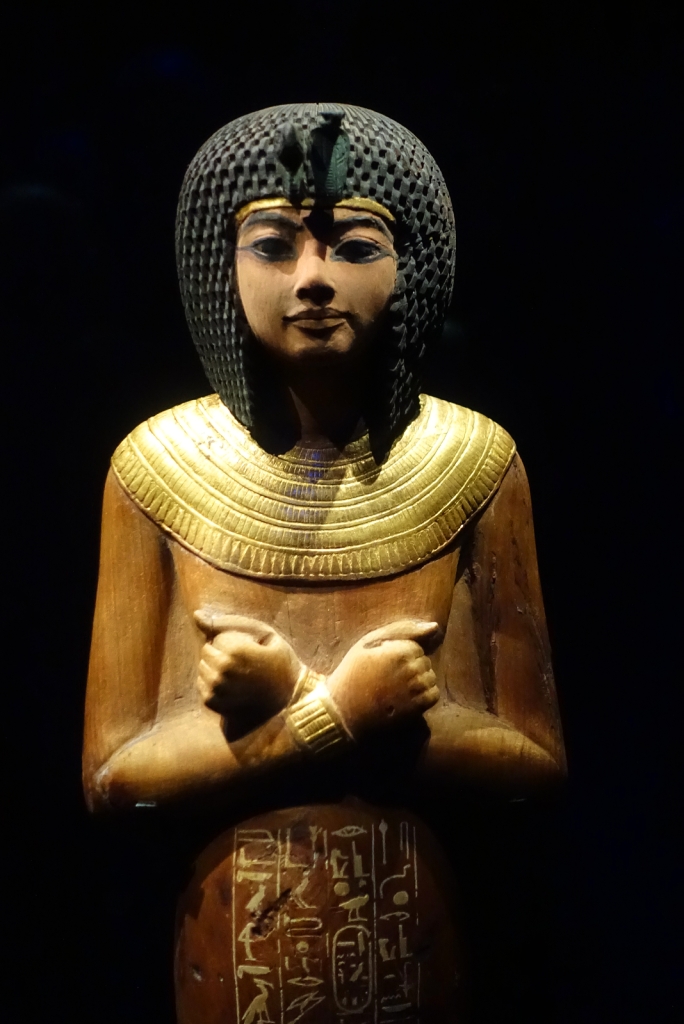King at 9 years old and dead by age 19. Tutankhamun’s body laid at rest until discovered by Howard Carter 3000 years later. So why is this Pharaoh so important? it’s because so far his tomb is the only one so far to be unearthed with so many of it’s riches intact including the solid gold coffin of the Pharaoh containing his mummified remains.
On Thursday members of Thorley U3A visited the exhibition at the Saatchi Gallery in London. The exhibition commemorates the 100th anniversary of the discovery of Tutankhamun’s tomb, and is the final chance to see these glittering world heritage artefacts before they return to Egypt forever.

The exhibition explores the life of King Tutankhamun through more than 150 of the pieces found in tomb – more than 60 of which are travelling outside of Egypt for the first time.

To keep these foods fresh until the end of time, the Egyptians mummified them—slowly drying them with salt, bandaging them and covering the bundle with resins—much as they would a human body.


The inscription on the stick says that Tutankhamun hunted ostriches in the desert near Heliopolis and provided feathers for this fan.




